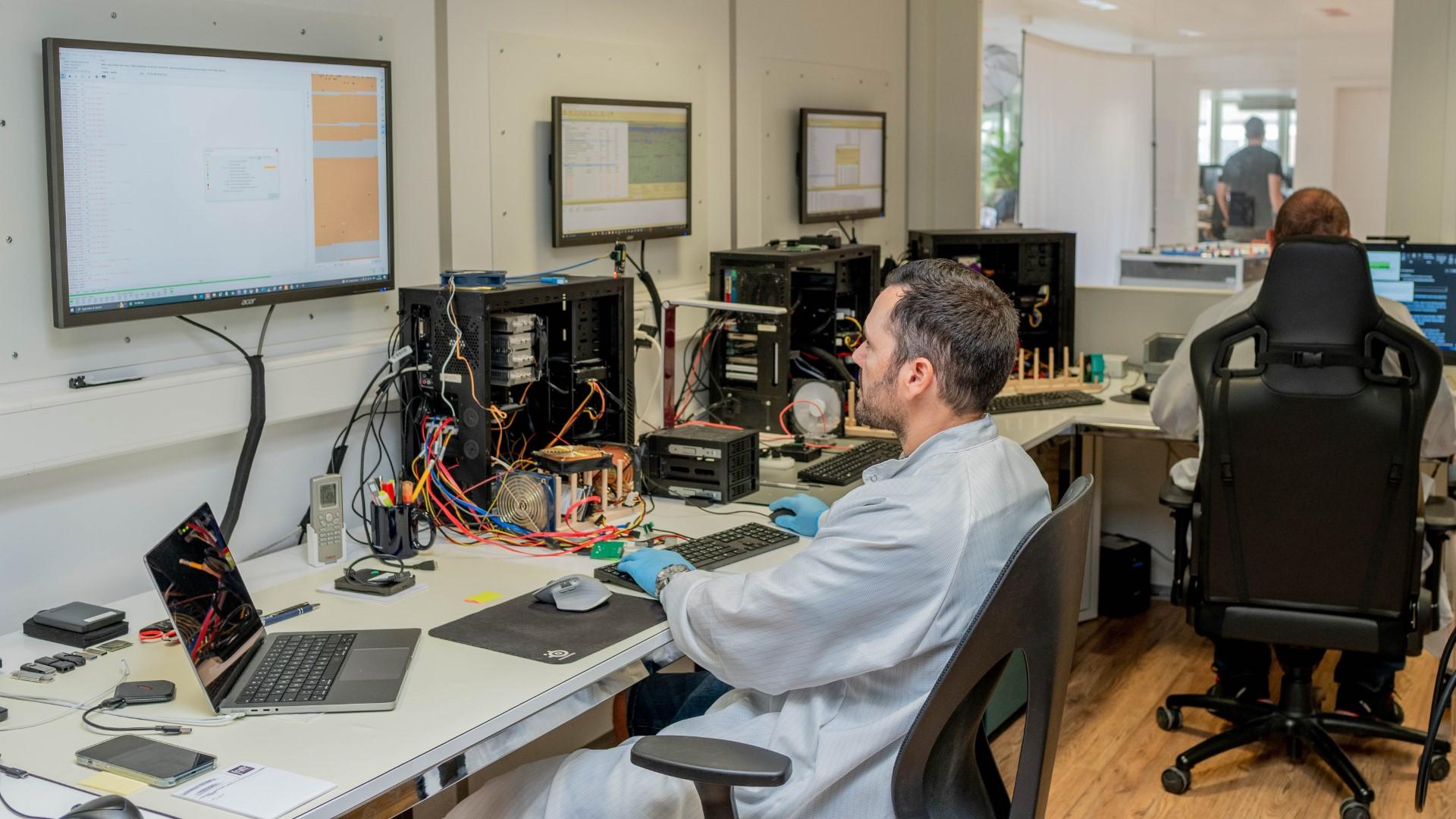
Devices, requirements and limits of data recovery
Data loss usually happens completely unexpectedly. The laptop falls off the table, the external hard drive is no longer recognized or a USB stick suddenly stops working. At such moments, the question quickly arises: Can the data still be recovered?
The good news is that professional data recovery is possible in many cases. The type of device and the type of damage play a decisive role here. In this article, we will show you which requirements must be met for data recovery to be successful at all – and in which situations, unfortunately, nothing can be done.
Which devices can generally be saved?
In our daily work at Datenretter Schweiz, we encounter a variety of storage media – classic hard disks (HDDs), modern SSDs, USB sticks, memory cards from cameras or even complex RAID systems. Basically, if a storage medium is technically still readable or reconstructable, there is a good chance that the data can be recovered. And even in the case of mechanical or electronic damage, a lot can often still be done with the right know-how and equipment.
For example, we can open mechanical hard disks (HDDs) in the clean room and reconstruct them with spare parts. With SSDs, the condition of the memory cells and the controller electronics is crucial. And with USB sticks or SD cards, we analyze the memory chips directly in order to extract the data – even if the housing is already completely broken or the connection has been torn off.
Which damage can be repaired – and which cannot?
Not all damage automatically means the end of your data. There are roughly three types of damage: logical, electronic and physical.
Logical errors are, for example, accidentally deleted files, formatted drives or damaged file systems. Data recovery is usually possible here – provided that the medium was not used again after the incident. Any further use increases the risk of deleted data being overwritten and therefore permanently lost.
Electronic damage is often caused by overvoltage, faulty power supply units or damaged controllers. In many cases, we also have the option of recovering the data using replacement parts or special technology (for example, direct reading of NAND memory). However, data recovery is particularly complex with SSDs because TRIM commands can cause deleted data to be overwritten immediately. Nevertheless, there are ways – as long as you react quickly.
Physical damage is usually the biggest challenge. Water damage, falls or the effects of heat can damage a drive mechanically to such an extent that it is no longer readable. In such cases, our clean room is used, where we open the hard drives under ideal conditions and attempt to read the data using specialized equipment. Even in the case of so-called head crashes, where the read/write heads have damaged the disk surface, parts of the data can often still be recovered.
When is data recovery unfortunately no longer possible?
As promising as many cases start out: Unfortunately, there are also situations in which even we reach our limits. For example, if a storage medium is completely destroyed – after a fire or severe mechanical damage, for example – there is sometimes no technical basis for recovery.
Modern SSDs with the TRIM command activated can also pose a challenge. If data has been deleted and TRIM was active, the operating system ensures that the memory cells are immediately released again – subsequent read-out is then often no longer possible.
Nevertheless, even in seemingly hopeless cases, analysis is worthwhile. There are always surprises.
What should you do in an emergency?
The most important piece of advice is to switch off the affected device immediately and stop using it. Any further use can worsen the damage – especially if something is still being written to the medium. Also refrain from using data recovery software if you are unable to assess the damage accurately. In the case of hardware or electronic problems, such tools can destroy more than they help.
It’s best to contact us directly. We offer a free analysis – usually within 72 hours. Depending on the urgency, you can also choose express options (business service or 24-hour emergency). After the diagnosis, you will be informed transparently whether and to what extent data can be recovered – and how much the recovery will cost. If no data can be reconstructed, you will not incur any costs. Fair, transparent and without hidden fees.
Conclusion: Data recovery is often possible – if you act quickly
Whether you want to recover important business data, vacation photos or your dissertation – the chances are good as long as the device is not being used or damaged. The combination of experience, Swiss precision and high-end technology makes it possible for us to recover data even in difficult cases.
And if things don’t work out, we say so honestly – without making empty promises.
